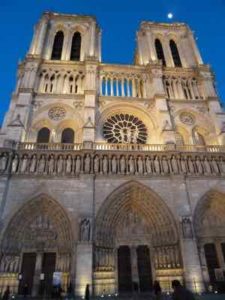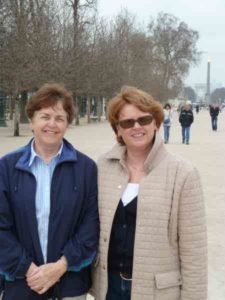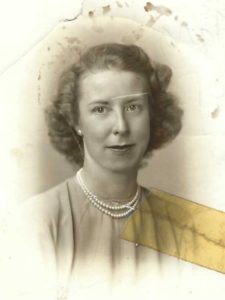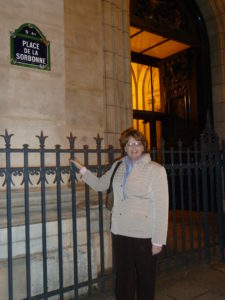My mother’s nearly ten-year career – from the late 1930s through most of the 1940s – had a strong information / radio theme (see Part 1 – A Lifetime Passion and Part 2 – The Roots of the VOA of this series). One of those pieces was the American Broadcasting Station in Europe (ABSIE), which was set up as a station by the U.S. Office of War Information (OWI) in collaboration with the BBC, to counter Nazi propaganda, and to have a unique American voice in Europe. The seven ABSIE Country Desks broadcast eight hours of programming each day from London, targeting their respective country-specific audiences. Launched in the months leading up to D-Day, it ended fifteen months later – just ninety days after victory in Europe.

As a member of the OWI French Desk, mom began working to help launch ABSIE soon after she arrived in London in early 1944 – as they helped prepare for the imminent invasion of Europe. ABSIE was to be America’s big propaganda ‘gun,’ run as a complement to the Voice of America (VOA), but having its own mission to support the military goals of the Allied invasion of France. The ABSIE copy was specifically designed to raise doubt in the German psyche as to the sense of continuing an un-winnable war. ABSIE was also to be the authoritative voice that would inform people in occupied areas on how to be prepared for the coming invasion. Continue reading “A Love Affair with Radio [Part 3] – ABSIE”




